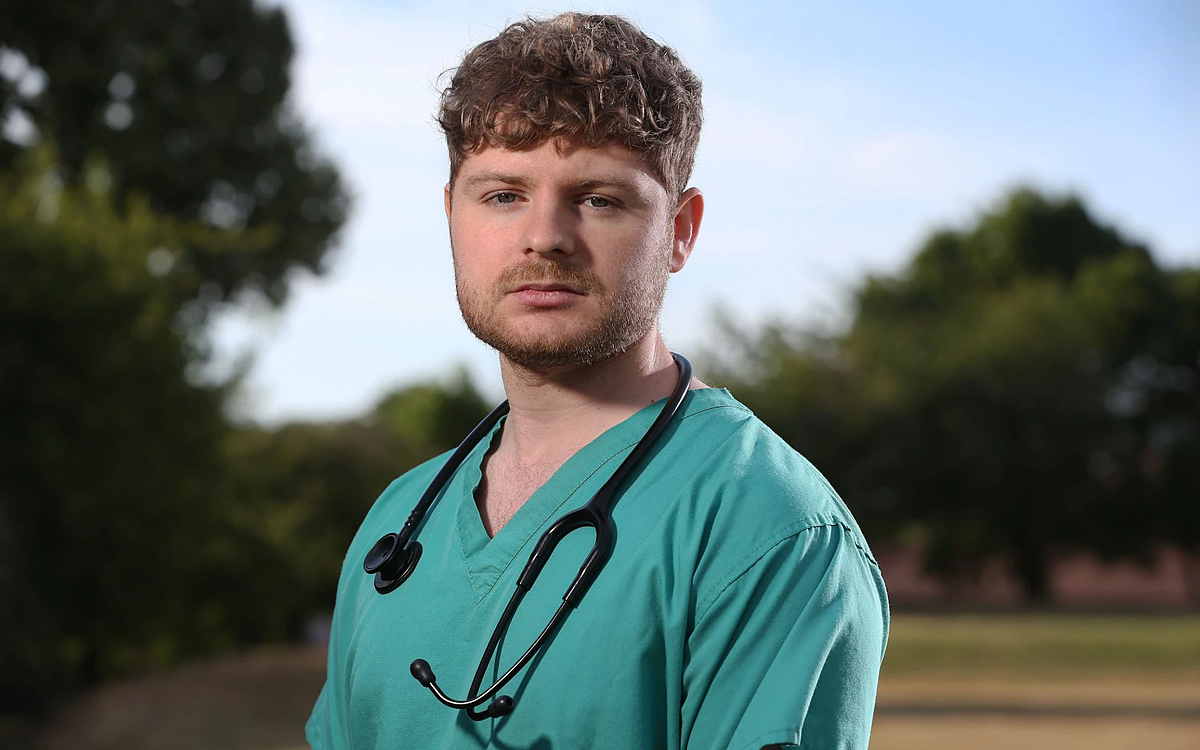The National Health Service (NHS) faces severe staffing shortages, yet the cost of training a doctor like Craddock reaches approximately £250,000. Craddock faces unemployment when his current contract ends in early August.
At 26, the Nottinghamshire native, the first in his family to pursue medicine, feels devastated. “It’s incredibly disheartening. I’m exhausted and feel betrayed. After 7 years of demanding study, facing unemployment is difficult, especially when the NHS needs doctors more than ever," he said.
Craddock is among thousands of junior doctors finishing their Foundation Year 2 training this summer with no job lined up, at least in medicine. The lack of specialty training positions, a crucial step to becoming a consultant, forces many to seek non-training jobs. Some are changing careers, while others are working abroad, where their skills are highly valued.
The root cause is the surge in medical students without a corresponding increase in postgraduate training positions. Since 2019, when medicine was added to the shortage occupation list and the UK resident preference was removed, international recruitment has soared.
A 2023 General Medical Council (GMC) report shows 27% of doctors in specialty training are from overseas, up from 18% in 2018. Among trained general practitioners, over half graduated from medical schools abroad.
“Those who miss out on selection must reapply the following year, creating a worsening bottleneck effect," Craddock explained.
Craddock applied for two specialties: internal medicine and histopathology, hoping for an opportunity. When he started medical school, he believed these were viable career paths. But the situation has changed. This year, over 33,000 doctors applied for fewer than 13,000 specialty training posts, according to the British Medical Association. Craddock is among the 20,000 rejected.
“I know the system is flawed, and good doctors are turned away, but it’s hard not to feel like a failure. It’s a waste of talent and taxpayer money. It’s bitter to feel discarded by the system," he admitted.
He still clings to his childhood dream. As the only student in his year 12 class accepted into medical school through a program for disadvantaged students, he overcame fierce competition, with 17 applicants for every place.
“Initially, medical school seemed unattainable, but I persevered, and it paid off. It was an unforgettable moment," Craddock recalled. His father, a former miner, and his mother, a community nurse, were immensely proud when he entered Nottingham Medical School.
 |
Dr. Luke Craddock carries £100,000 of student debt and is now unemployed. Photo: Guzelian |
Dr. Luke Craddock carries £100,000 of student debt and is now unemployed. Photo: Guzelian
Throughout his studies, he juggled a demanding curriculum with part-time jobs like cleaning dormitories and mentoring newly qualified doctors to cover living expenses. Last year, he dedicated all his free time to completing his specialty training application, which included audits, teaching, research, exams, and leadership development, mostly done outside of working hours.
After years of stress and responsibility for patients’ lives, Craddock is considering leaving the profession. “Nearing 27, I need stability to plan my life and family, but without a clear career path, everything is uncertain," he shared.
Even non-training jobs are becoming scarce. Senior house officer positions, a vital stepping stone, are highly competitive, with some attracting hundreds of applications.
“I love being a doctor and don't want to quit. But if I haven't found a job by early August, I’ll have to consider other options," Craddock said.
The delay in specialty training not only impacts junior doctors but also threatens the future supply of consultants. According to 2023 NHS data, almost half of current consultants are expected to retire by 2035, coinciding with rising patient demand and record waiting lists.
Craddock warns of the consequences for patients. “More doctors mean better care and shorter waiting lists. We're still among the countries with the lowest doctor-to-patient ratios in Europe; we need more doctors," he stated.
Responding to the pressure, the UK government announced a "10-Year Health Plan," prioritizing domestically trained doctors for training positions. The plan aims to limit international recruitment to 10% by 2035 and add 1,000 specialty training places over the next three years in shortage areas.
Craddock welcomes the plan but expresses concerns. He values the contributions of international doctors but finds it unreasonable to deny opportunities to those trained in the UK. He worries that there are no concrete timelines or plans, leaving him and thousands of other doctors in limbo.
“Honestly, I don't know what I'll do next," he said, adding that the changes will come too late for his generation.
Thuc Linh (Telegraph)












